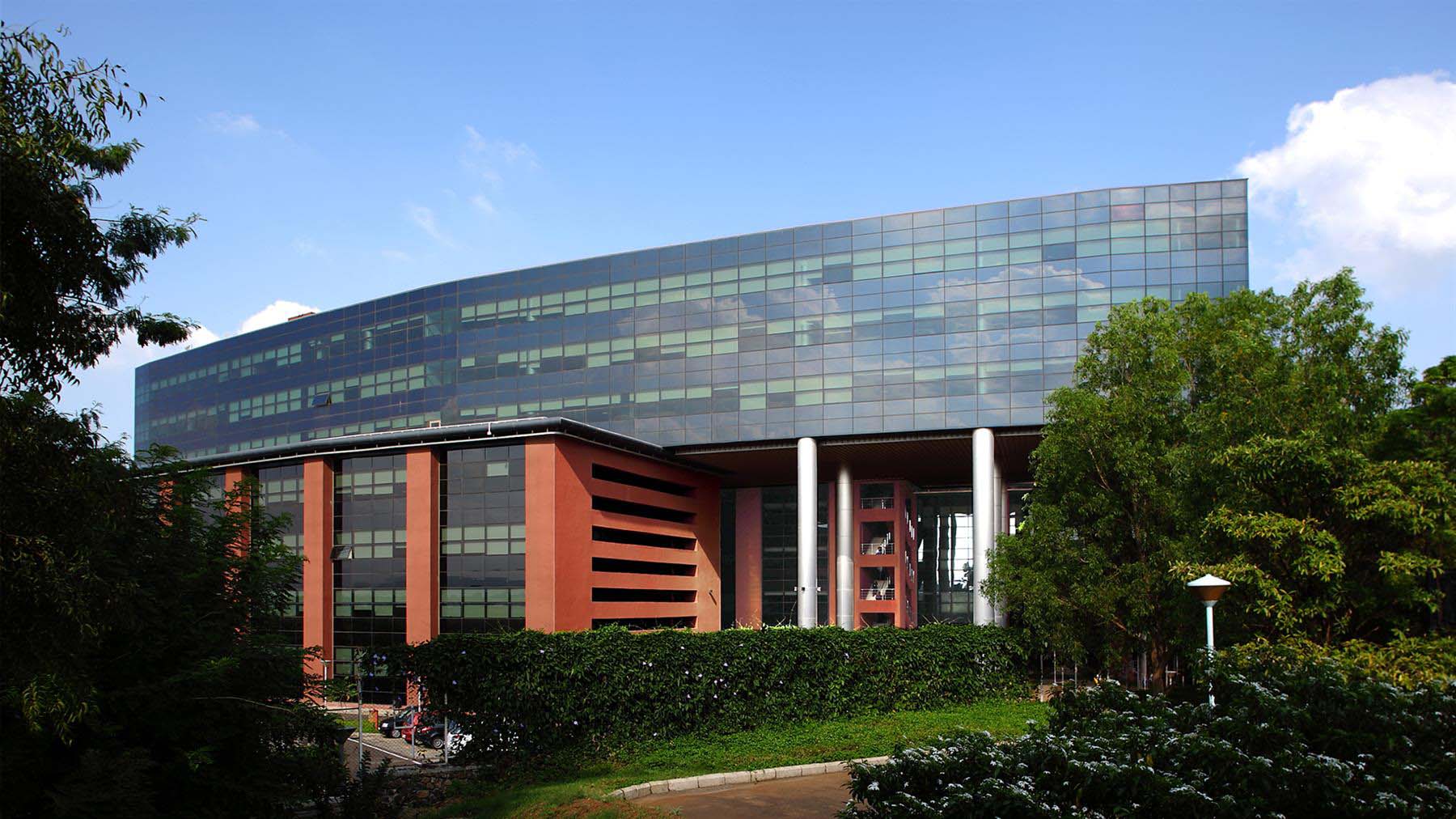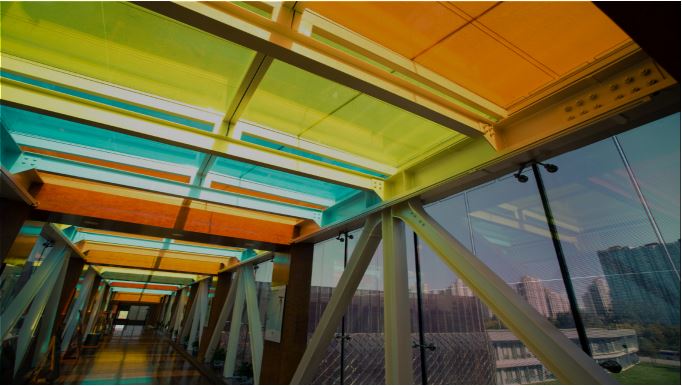Benefits of Bird-Friendly Glass in Architecture: A Guide to Protecting Wildlife and Enhancing Sustainability
In the world of modern architecture, glass has become a defining feature for its ability to provide natural light, open up spaces, and create sleek, visually stunning designs. However, the growing use of large glass facades and windows has introduced a serious issue: bird collisions. Millions of birds die each year after colliding with glass windows and facades, mistaking reflections of the sky or trees for open spaces.
Fortunately, advancements in glass technology have led to the development of bird-friendly glass, designed to minimize these collisions while maintaining the aesthetic and functional benefits of glass in architecture. In this blog, we’ll explore the benefits of bird-friendly glass, how it works, and why it’s becoming an essential element in sustainable architectural design.
1. What is Bird-Friendly Glass?
Bird-friendly glass is a specially designed type of glass that incorporates visual markers, patterns, or textures that are visible to birds but remain unobtrusive to humans. These markers break up the reflection of the sky or trees that often mislead birds into thinking they can fly through glass.
This glass can be manufactured with UV patterns, etched designs, or ceramic frit coatings, creating an effective, invisible-to-the-human-eye barrier that helps birds recognize the glass as a solid object. These markers typically follow the 2x4 rule, meaning they are spaced no more than 2 inches horizontally and 4 inches vertically, preventing birds from attempting to fly through.
2. Reducing Bird Collisions and Protecting Wildlife
The most obvious and important benefit of bird-friendly glass is its ability to reduce bird collisions and protect wildlife. As many as 1 billion birds die every year in the United States alone due to window collisions, according to studies. Most birds, especially migratory species, are unable to distinguish between a clear or reflective glass surface and open sky.
By incorporating patterns, dots, stripes, or fritted designs, bird-friendly glass ensures that birds can see the glass and avoid collisions. This significantly reduces bird deaths and helps protect local and migratory bird populations, particularly in urban areas where glass buildings dominate the landscape.
This benefit is critical for:
- Urban environments: Where large buildings with extensive glass facades are common.
- Bird migratory routes: Cities that lie along major migratory paths where bird strikes are frequent.
- Eco-conscious developments: Projects aiming to balance modern design with wildlife conservation efforts.
3. Balancing Aesthetics and Functionality
One concern for architects is that adding visible patterns to glass may detract from the sleek, modern look of a building. However, bird-friendly glass is designed to blend aesthetics with functionality, offering patterns that are often subtle and invisible to the human eye from a distance. For example, UV coatings can be applied to glass, which birds can see but humans cannot, maintaining the building’s transparent and open look.
Even when visible patterns or textures are used, bird-friendly glass can be designed to enhance the building’s appearance. Geometric patterns, etched designs, or artistic frits can actually become a design feature, adding a unique visual element to the building.
4. Improving Sustainability and Green Building Credentials
Sustainability is a driving force behind modern architectural design, and bird-friendly glass is a critical component of eco-friendly building practices. By protecting wildlife and contributing to biodiversity, bird-friendly glass helps buildings meet green building standards, such as LEED (Leadership in Energy and Environmental Design) certification.
The LEED program now recognizes bird-friendly strategies as part of sustainable design, awarding credits for buildings that implement bird-safe measures. This not only reduces the environmental impact of a building but also enhances its value by aligning with the growing demand for sustainable architecture.
Bird-friendly glass also pairs well with energy-efficient glazing, meaning buildings can reduce bird collisions while still benefiting from solar control, thermal insulation, and UV protection. This combination of benefits makes bird-friendly glass a valuable addition to buildings aiming for high-performance sustainability.
5. Enhancing Indoor Comfort with Natural Light
One of the main reasons architects love glass is its ability to bring in natural light, making spaces feel more open, vibrant, and connected to the outdoors. Bird-friendly glass doesn’t compromise on this key benefit. By using transparent patterns or coatings, this glass allows plenty of natural light to flood indoor spaces while protecting birds from dangerous collisions.
Additionally, bird-friendly glass can be combined with other high-performance glazing technologies, such as low-E coatings or insulating glass units (IGUs), to improve energy efficiency while maintaining comfort and visibility for building occupants.
6. Versatility in Application
Bird-friendly glass is highly versatile, making it suitable for a wide variety of architectural applications. From high-rise buildings and commercial offices to residential homes and public spaces, bird-friendly glass can be integrated into any design where large glass surfaces are used. Common applications include:
- Building facades and curtain walls: Reducing bird collisions without sacrificing the visual appeal of large glass exteriors.
- Windows and skylights: Providing protection in both vertical and overhead glass installations.
- Balconies and railings: Adding safety features in transparent railings and glass barriers.
- Interior glass: Utilizing decorative or patterned glass that is both bird-safe and stylish for interior partitions and glass walls.
7. Aligning with Conservation and Ethical Practices
As awareness of environmental and wildlife conservation continues to grow, architects, developers, and building owners are under increasing pressure to adopt ethical building practices that minimize harm to the environment. Using bird-friendly glass aligns with these ethical standards, demonstrating a commitment to protecting wildlife and fostering biodiversity.
This can also enhance the building’s reputation, attracting eco-conscious clients, tenants, and investors who prioritize sustainable and ethical practices in their choice of properties. By choosing bird-friendly glass, developers show they are serious about making a positive environmental impact, which can set their projects apart in a competitive market.
8. Industry Trends and Future Innovations
The architectural glass industry is continuously evolving, and bird-friendly glass is at the forefront of these innovations. Manufacturers are developing new coating technologies, pattern designs, and UV applications that are even more effective at preventing bird collisions while maintaining the visual appeal and performance architects expect from modern glazing solutions.
For example, smart glass technology can incorporate bird-friendly features into dynamic glass systems that adjust their opacity or transparency based on environmental conditions. This offers new possibilities for reducing bird collisions while improving energy efficiency and indoor comfort.
As cities around the world implement building regulations requiring bird-friendly measures, the demand for innovative bird-friendly glass solutions is set to grow, making it an essential material in the future of eco-conscious architecture.
Bird-Friendly Glass is Essential for Sustainable, Wildlife-Friendly Architecture
As cities expand and glass continues to dominate modern architecture, the need to address bird collisions becomes more critical. Bird-friendly glass offers a smart, effective solution to protect bird populations while maintaining the aesthetic and functional benefits of glass. Whether you’re working on a high-rise office tower, a residential development, or a public building, bird-friendly glass can enhance both the environmental impact and the design integrity of your project.
By choosing bird-friendly glass, architects, developers, and building owners can contribute to a more sustainable future, protecting wildlife, enhancing energy efficiency, and aligning with green building standards.
Interested in incorporating bird-friendly glass into your next project? Contact FG Glass to explore our range of bird-safe glazing solutions, and discover how we can help you design buildings that protect both wildlife and the environment while enhancing beauty and performance.

You might also like
Feb 21, 2022 by TARIQ KACHWALA
Feb 21, 2022 by TARIQ KACHWALA
Feb 23, 2022 by TARIQ KACHWALA










